When you read a map, you are emphasizing the relationship between elements of space. These elements may be objects, regions, or themes. To learn to read a map, you will first need to understand the Basics of maps. These skills are crucial for anyone who wants to enjoy the experience of traveling. Read on to learn more. Listed below are some essential skills to read a map:
Basic skills needed to read a map
To be able to read a map, you need to understand its features, use techniques for following your route, and work out where you are. This guide will be helpful if you are traveling through low hills and valleys, with a mix of natural and manmade features. Common features on these maps are road networks, public rights of way, heath and woodland. Open moorland will require different skills and training.
Students may find it difficult to understand a map, but with a little instruction, it can be a fun lesson and useful study material. Reading a map develops spatial reasoning, which is important for understanding distance, relationships, and visualization. Learning how to read a map can provide a great advantage in today’s global society. Listed below are some tips for teaching students how to read a map.
Layout of a map
In order to create an effective and attractive map, you should first choose the appropriate layout. The width and height of a map should be proportional to the size of the map area. If you want to keep the layout in its proportional state, you should select a Portrait or Landscape orientation. Then, give the map layout a meaningful name. You can use the “print” button to print the map or save it as a PNG or PDF.
The layout of a map must be simple and easy to understand. While reference maps are primarily concerned with geographic location, thematic maps focus more on spatial relationships. The elements of a map may not be required depending on the purpose of the map. Ask yourself which elements will help the audience make sense of the map. A good rule of thumb is to place the most important elements at the top. The top-most elements should include the main map body, the legend, and the title.
Compass rose
The compass rose has long been a common feature on maps and architectural drawings. It serves a similar purpose in both of these forms. You can find examples of both types of compass roses on maps at the Library of Congress. This interactive website is designed to allow you to view the full collection of compass roses, as well as learn more about the historical and cultural significance of these symbols. You can also use these maps to check your understanding of a given worksheet.
The compass rose first appeared on a map in the 13th century. The roses on these maps resemble the petals of a rose. They were used to indicate the direction of the winds. The points on the rose represent eight major winds, eight half-winds, and sixteen quarter-winds. The roses on maps also indicate which direction is north, south, and east. It helps people navigate by using a map.
Scale
In learning about the scale of maps, it is important to understand the different units of measure that are used in the creation of maps. Having a basic understanding of the ratios of distances will help you understand the differences between the different scales used in maps. It can also help you interpret maps in a better way. For example, if a map is in miles per mile, it will be in inches, and a map in kilometers per mile will be in miles per square inch.
In The Scale of Maps, the protagonist, Sergio Prim, is a middle-aged geographer who suffers from delusions. His friend Brezo Varela also suffers from delusions, and both find refuge in the task of mapping a place without disillusionment. Gopegui blasted onto the Spanish literary scene in 1993, and her debut novel was immediately hailed as a masterpiece. The Scale of Maps is her first novel to be translated into English.
Language of a map
When you’re designing a map, you’ll want to consider the user’s preferences. For example, if the user prefers Spanish, the language of the map will be Spanish. You can also choose to display textual information in the user’s native language. The languages you select will determine how the map looks and how it functions. It’s important to choose the language for the right experience. And once you’ve chosen the language, make sure you save it.
A map’s language varies from country to country, but the most common feature is a linguistic structure. For example, Latin America is color-coded according to the presence of indigenous languages, while the Anglosphere is lumped together with countries like the Netherlands and Norway. Symbols also help the viewer understand the differences among countries and regions. For example, India has a noticeable split between Hindi and Dravidian speakers. China, on the other hand, has a heavily populated eastern half, while its western and northern parts are populated with Turkic languages.
Dates on a map
Dates on a map refer to the time the map was created. Depending on the subject matter, a map may include a specific date, such as when a wildfire occurred. Historical maps of the Sumerian Empire, for example, will include a date range between 5,000 B.C. and 1,000 B.C. Similarly, a map of the city of Rotterdam, Netherlands, may include the date range for the earliest buildings.



